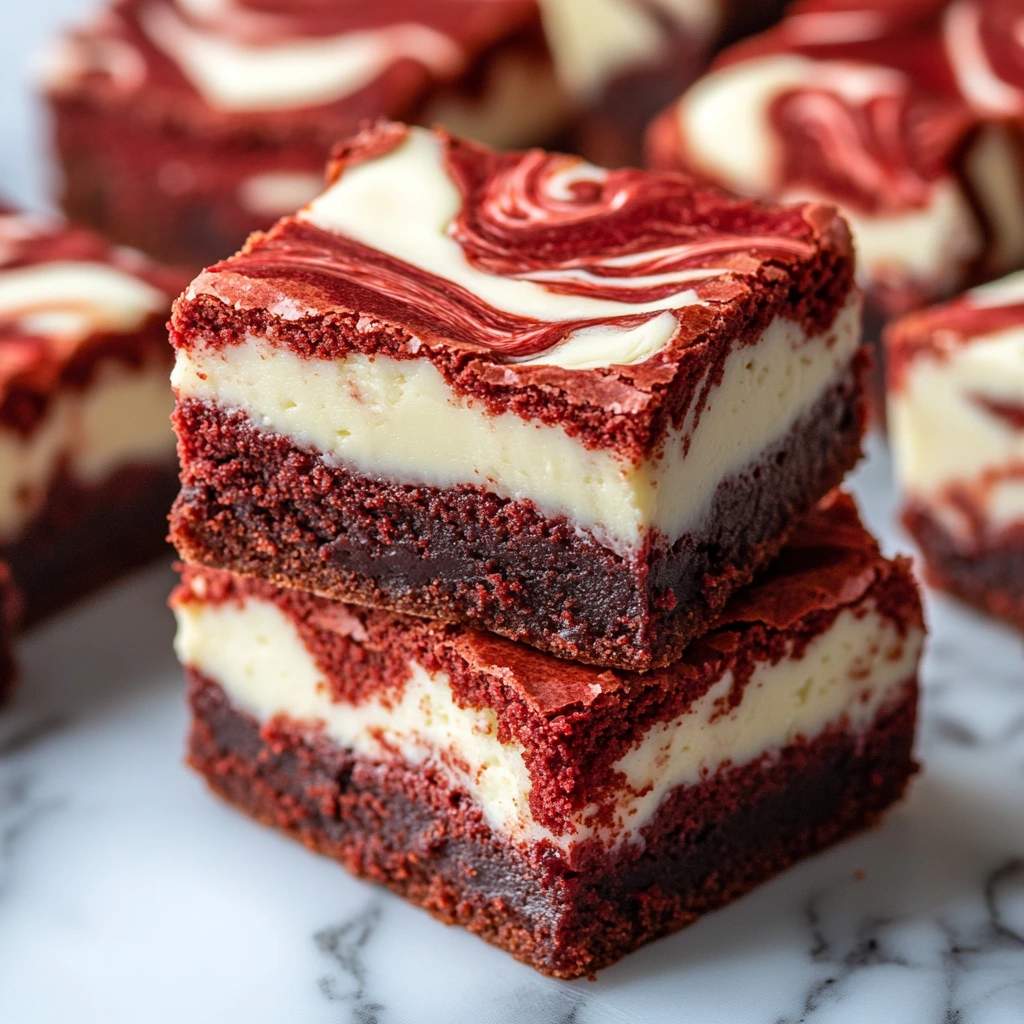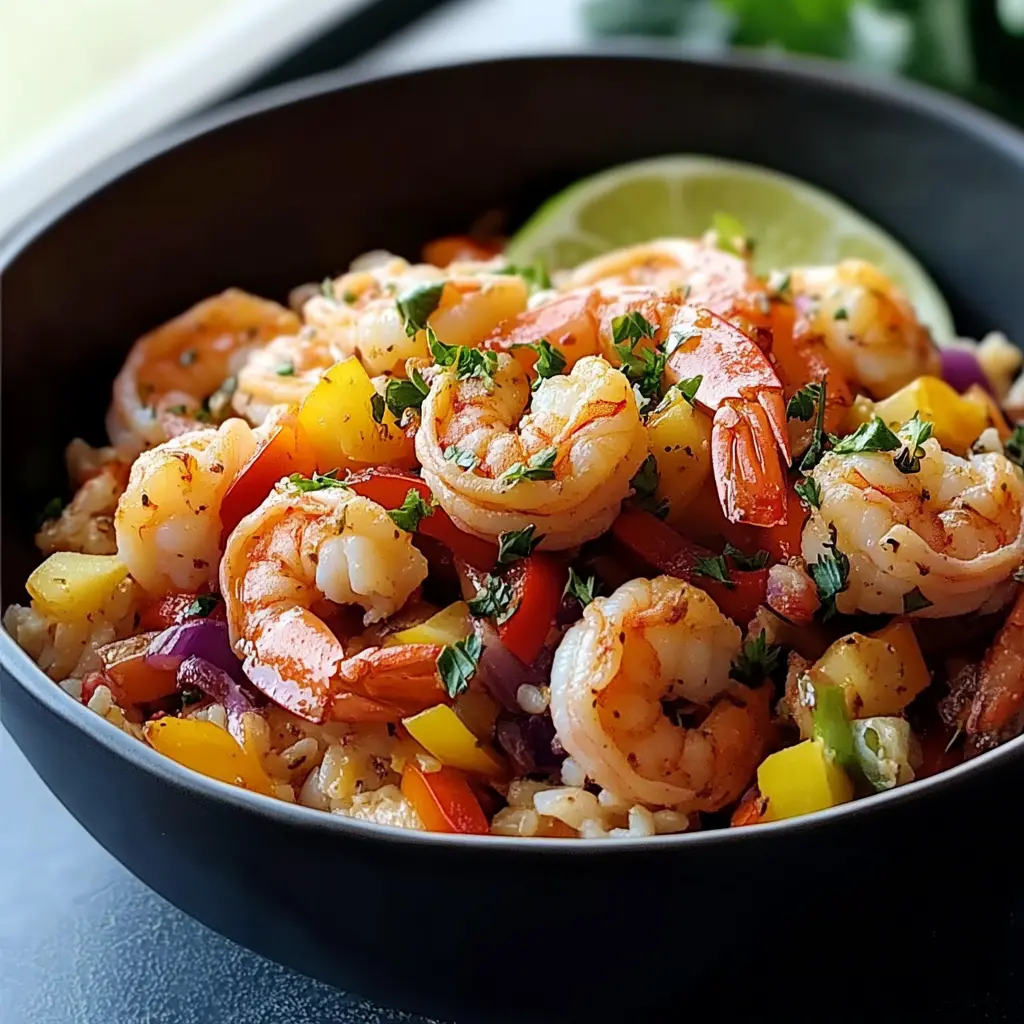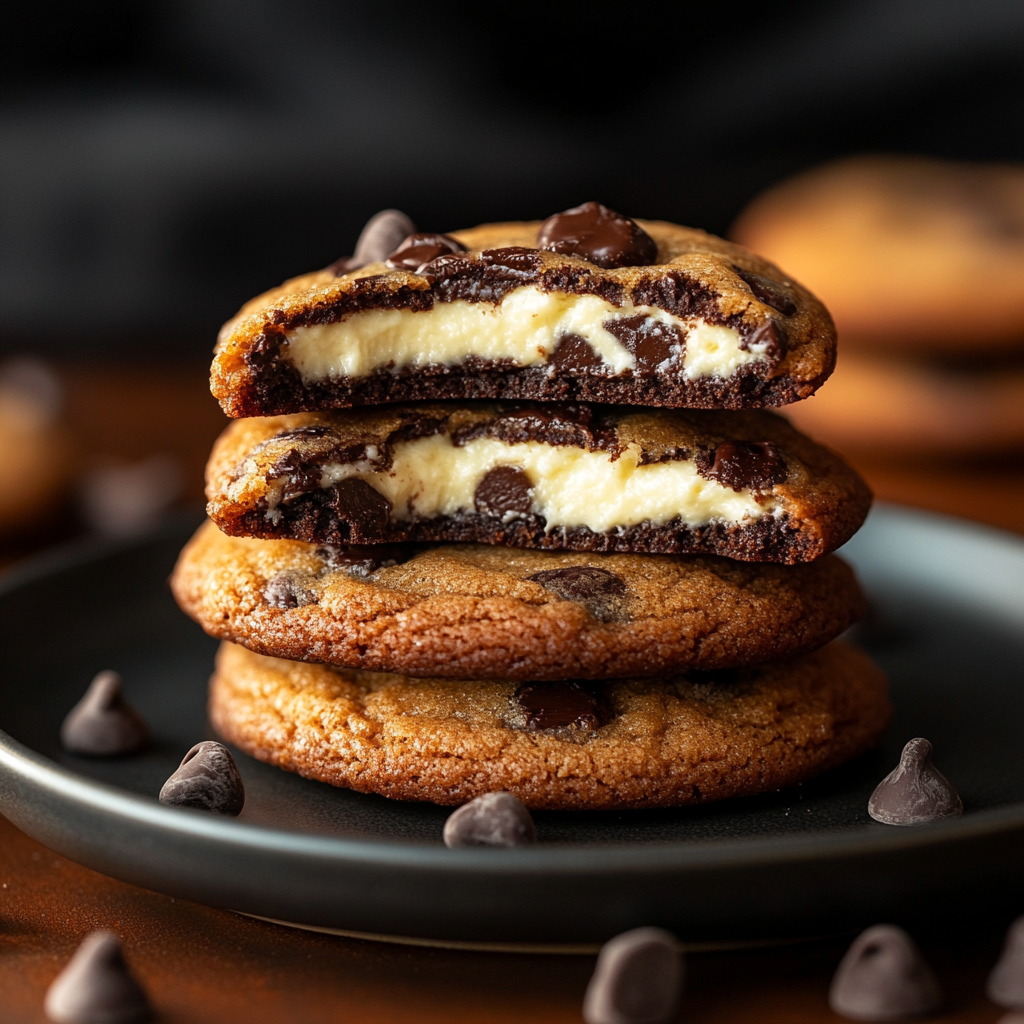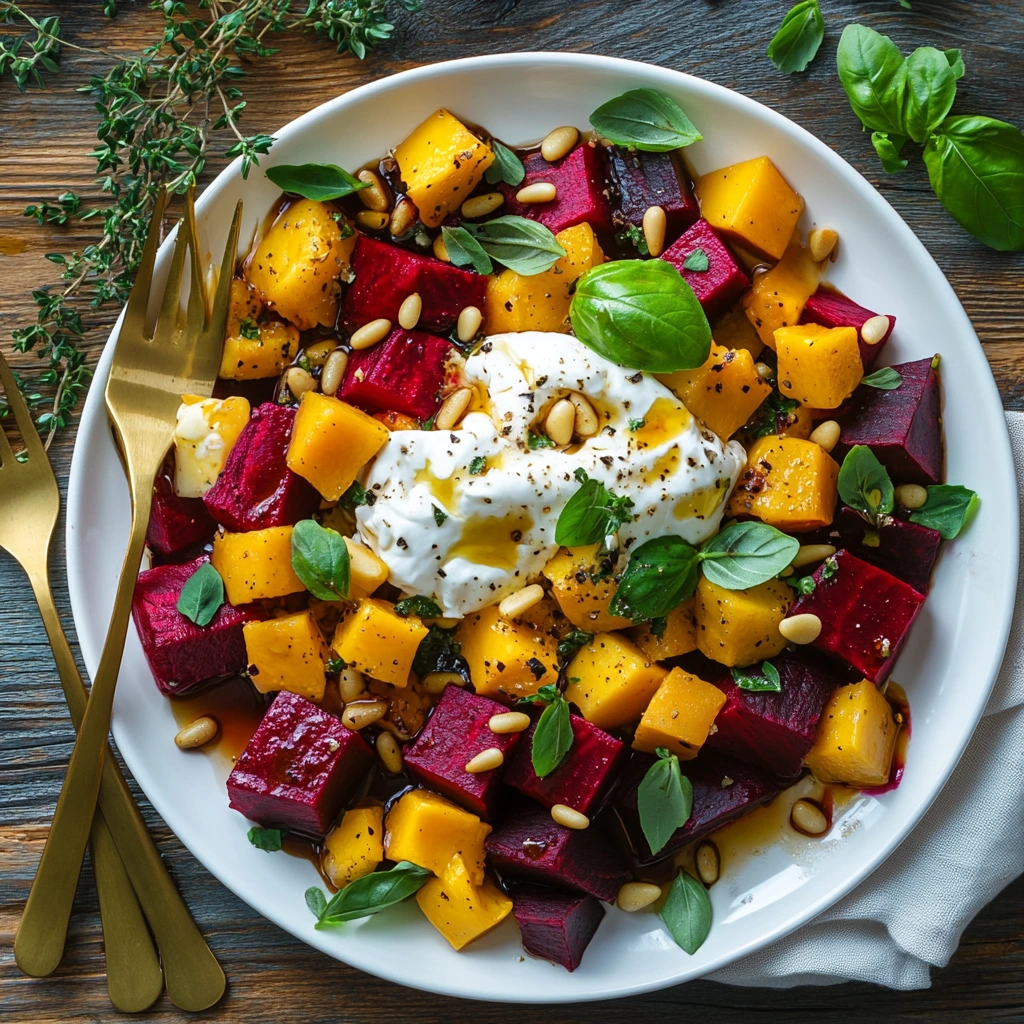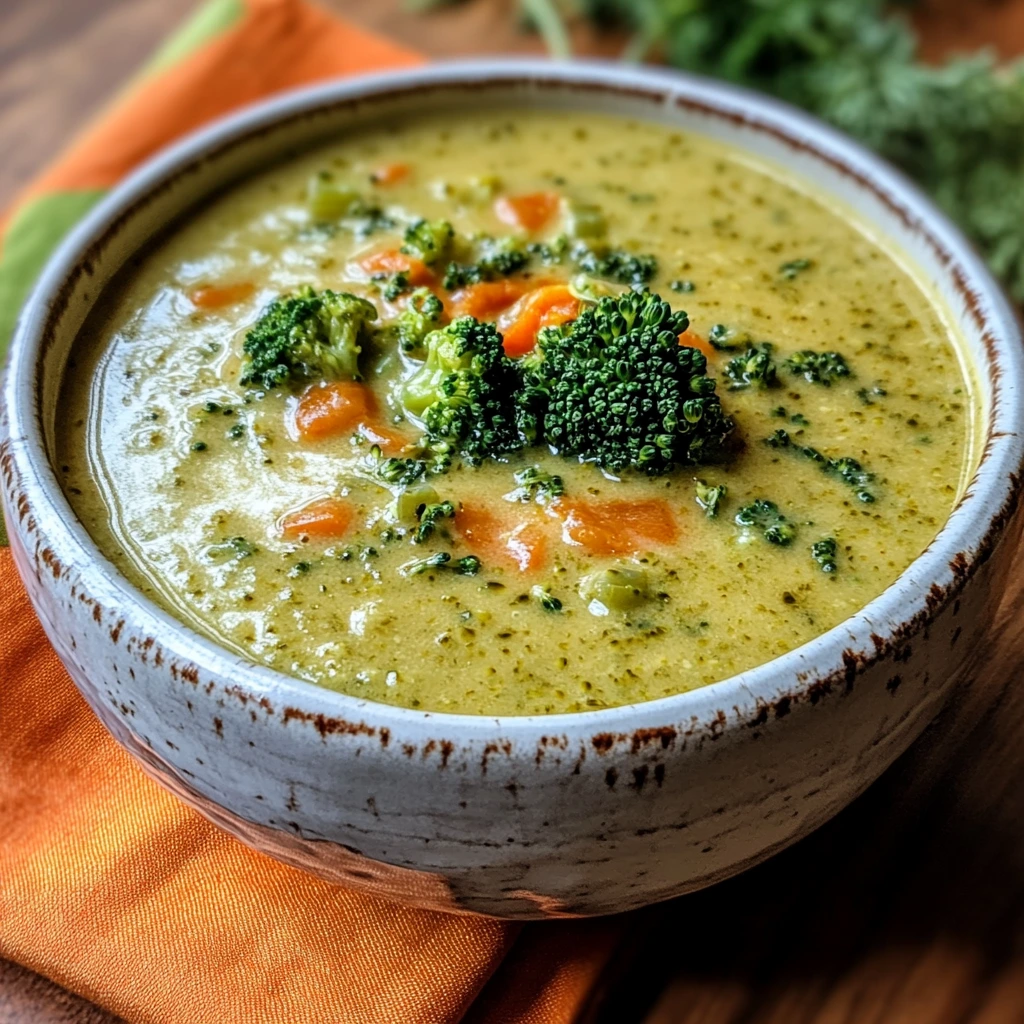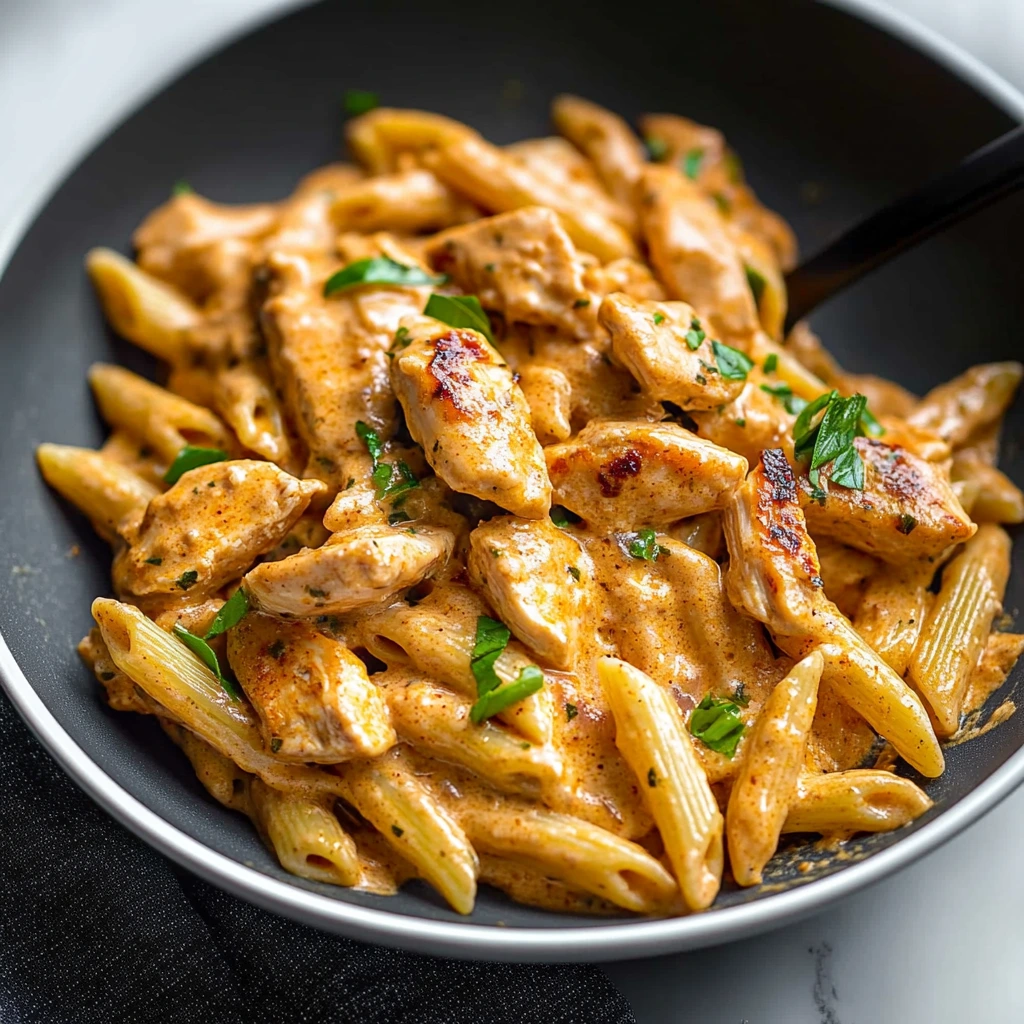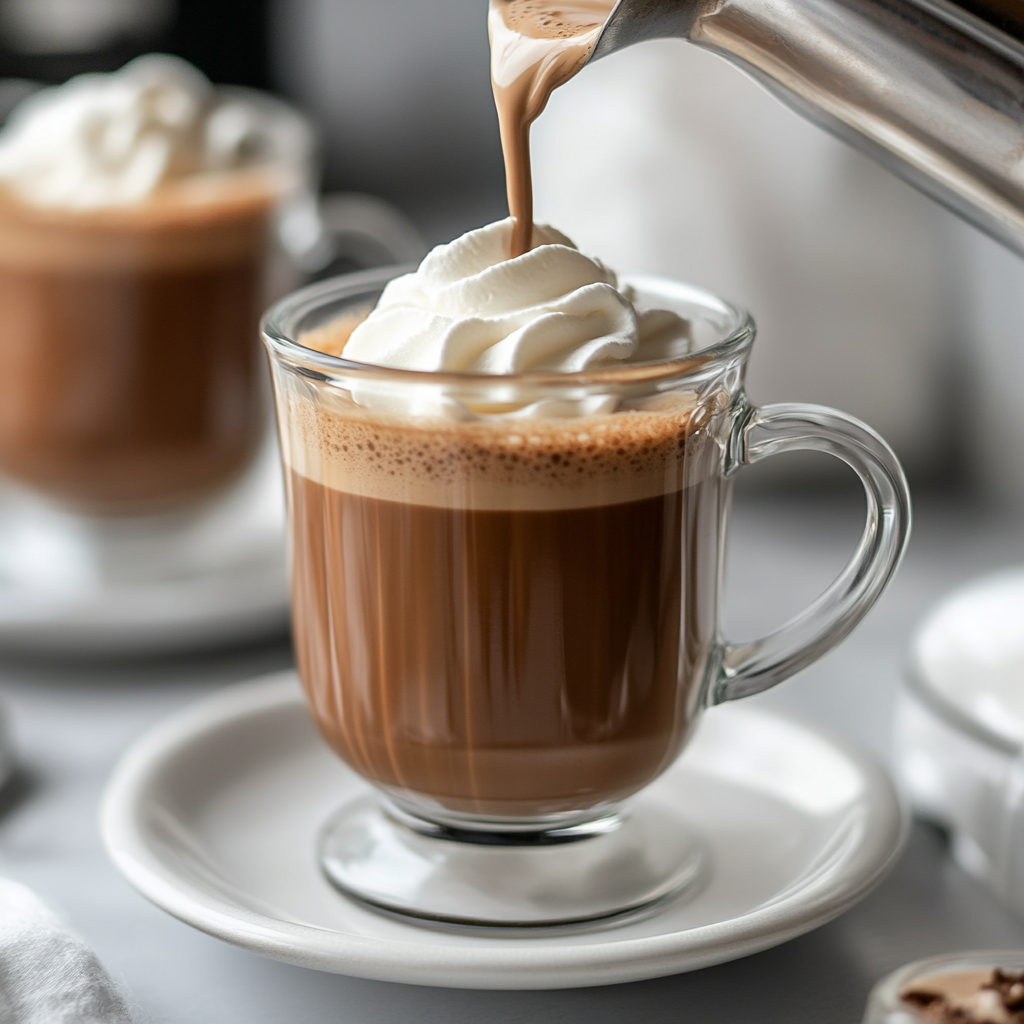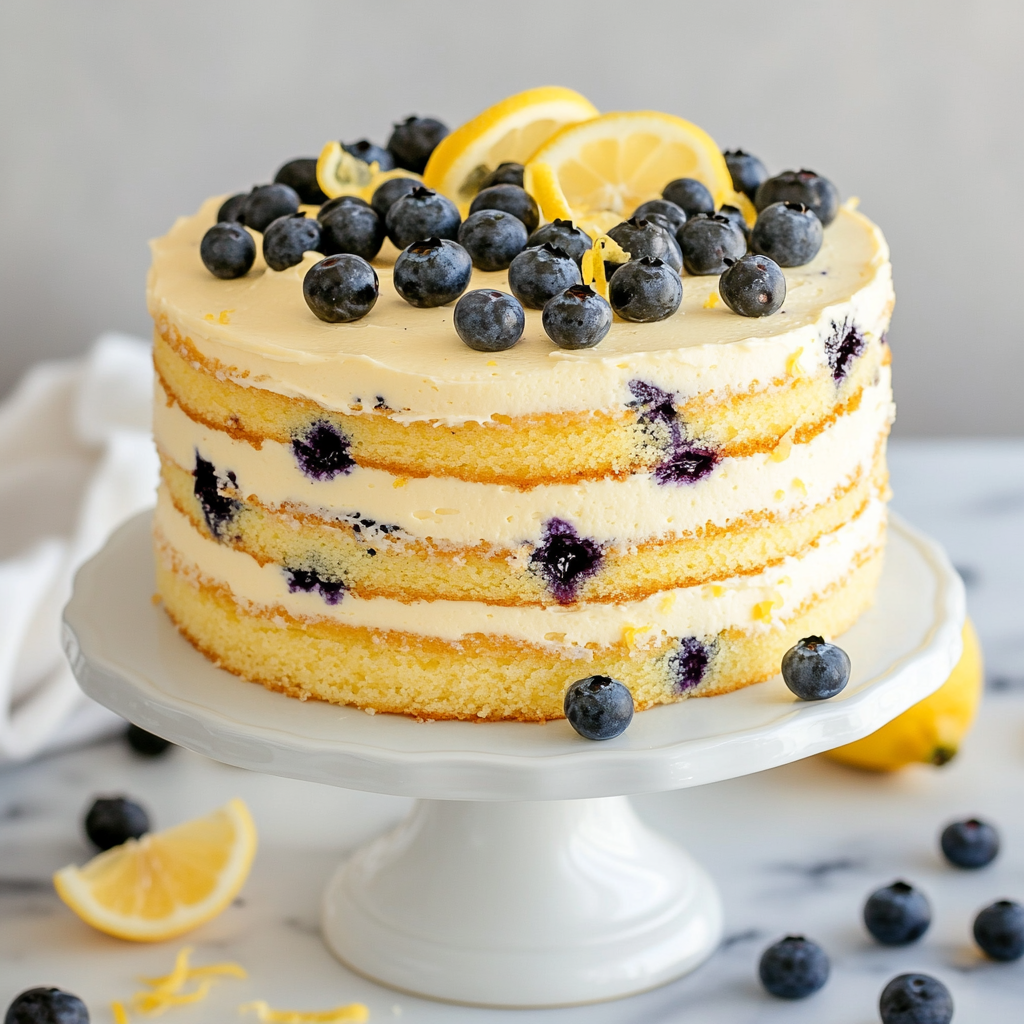Caramel custard is a silky-smooth dessert that melts in the mouth and satisfies the deepest dessert cravings. Known for its glossy caramel layer and delicate egg-based custard, this dessert is a classic that’s loved across the globe.
The roots of caramel custard trace back to European cuisine, particularly in France and Spain, where it’s known as crème caramel and flan, respectively. Over time, this dessert traveled far and wide, with regional twists making it a beloved dish in countries like India, the Philippines, and Latin American nations.
Whether served chilled in a fine dining setting or made at home for a comforting treat, caramel custard has universal appeal for its rich yet light texture and its balanced sweetness.
Difference Between Caramel Custard, Crème Caramel, and Flan
Caramel custard, crème caramel, and flan are often used interchangeably, but slight variations set them apart. All three share the same core concept: a custard base with a caramelized sugar topping.
In France, crème caramel refers to the classic version made with eggs, milk, and sugar, baked gently in a water bath. The Spanish and Latin American version, known as flan, often includes sweetened condensed milk and evaporated milk, resulting in a richer texture. Meanwhile, in Asia, especially in India and the Philippines, caramel custard is made both traditionally and with modifications like steaming instead of baking.
Although they differ slightly in ingredients and techniques, all three desserts aim for that perfect combination of silky custard and golden caramel topping.
Ingredients for Classic Caramel Custard
To make a traditional caramel custard, you’ll need simple kitchen staples:
-
1 cup sugar (for caramel)
-
4 large eggs
-
2 cups whole milk
-
1/2 cup sugar (for custard)
-
1 teaspoon vanilla extract
-
Pinch of salt
Equipment:
-
4 to 6 ramekins
-
Large baking dish
-
Whisk or blender
-
Fine mesh sieve
-
Saucepan
-
Mixing bowls
-
Oven-safe tray for water bath
Step-by-Step Recipe: How to Make Caramel Custard
Preparing the Caramel
Start by making the caramel that will line the ramekins. In a heavy-bottomed saucepan, add 1 cup of sugar over medium heat. Allow the sugar to melt slowly, stirring only occasionally to avoid crystallization. As it melts, the sugar will turn golden brown. Remove it from the heat as soon as it reaches a deep amber color—be careful not to let it burn.
Immediately pour the hot caramel into your ramekins, swirling them to coat the bottom evenly. Set them aside to cool and harden.
Making the Custard Base
In a separate bowl, crack 4 eggs and beat them gently. Add 1/2 cup sugar and whisk until combined, but avoid over-whipping to prevent air bubbles. In a saucepan, heat 2 cups of milk over medium heat until it’s just warm—don’t boil.
Gradually pour the warm milk into the egg mixture while stirring continuously. This process is called tempering and prevents the eggs from cooking too quickly. Add a teaspoon of vanilla extract and a pinch of salt for added flavor.
Combining and Baking
Once the custard mixture is smooth, strain it through a fine mesh sieve to remove any lumps or air bubbles. Pour the custard into the caramel-lined ramekins.
Place the ramekins in a large baking dish and fill the dish with hot water halfway up the sides of the ramekins—this creates a bain-marie or water bath, ensuring even baking.
Preheat your oven to 325°F (160°C) and bake the custards for 45 to 60 minutes. They’re done when the edges are set but the center still jiggles slightly.
Chilling and Unmolding
Allow the ramekins to cool to room temperature, then refrigerate for at least 4 hours, preferably overnight. To unmold, run a thin knife around the edges and invert the ramekin onto a serving plate. The caramel will flow beautifully over the custard.
Texture and Taste Profile
A well-made caramel custard has a glossy, golden caramel sauce that pools around a firm yet delicate custard. The texture should be smooth and free of bubbles, with a melt-in-the-mouth feel.
Flavor-wise, it offers a perfect balance of sweetness and light bitterness from the caramelized sugar. The subtle vanilla notes add a layer of sophistication, making each spoonful a harmonious blend of flavor and texture.
Nutrition Information
While caramel custard is undoubtedly indulgent, it’s not overly heavy. A standard serving (approx. 150g) contains around 180 to 250 calories, depending on the ingredients used.
-
Carbohydrates: 25-30g (mostly from sugar)
-
Protein: 6-8g (from eggs and milk)
-
Fat: 6-10g
For a healthier alternative, you can substitute whole milk with low-fat milk and reduce the sugar content slightly. Egg substitutes or plant-based milks can also be used for vegan versions.

Popular Variations of Caramel Custard
Baked vs. Steamed Caramel Custard
The traditional baked method ensures an even, set texture, but steaming is a popular alternative in Asian households. Steamed caramel custard tends to be softer and lighter and cooks faster without the need for an oven.
Eggless Caramel Custard
For those who avoid eggs, eggless versions use alternatives like custard powder, cornflour, or agar-agar. Plant-based milk like almond, soy, or coconut milk can make the dessert completely vegan.
To achieve the creamy consistency, simmer the mixture and then pour it into ramekins with caramel at the bottom, refrigerating until set.
International Versions
-
Filipino Leche Flan: Made with condensed and evaporated milk, creating a richer, denser dessert.
(Reference: Leche Flan) -
Indian Caramel Pudding: Commonly steamed instead of baked, sometimes infused with cardamom for extra flavor.
-
French Crème Caramel: Light, silky, and subtly flavored with vanilla.
(Reference: Crème Caramel)
Serving Suggestions
Caramel custard is best served chilled, which helps it hold its shape and enhances its flavors. Garnishing with fresh berries, a sprig of mint, or edible flowers can elevate the presentation.
It pairs beautifully with espresso, black coffee…
Common Mistakes and Fixes
-
Curdled Custard: Usually a result of high oven temperature or not tempering the eggs correctly. Always use a water bath and don’t overheat the milk.
-
Hard Caramel: If your caramel is too thick or hardens before pouring, it was likely overcooked. Use a thermometer to monitor temperature or work quickly as it starts to brown.
-
Air Bubbles or Cracks: Caused by over-whisking or baking at too high a temperature. Strain the mixture and bake gently.
How to Store and Freeze Caramel Custard
Refrigerate caramel custard in its ramekin, covered with plastic wrap, for up to 3 days. If storing in bulk, use airtight containers.
Freezing is not recommended as it alters the texture. However, some versions using gelatin or agar may freeze better. If freezing, allow to thaw in the fridge and consume within 1 month.
Avoid microwaving as it can make the custard rubbery. Instead, enjoy it chilled or let it sit at room temperature for 10–15 minutes before serving.
FAQs – Caramel Custard Questions Answered
Why is my caramel custard not setting?
This is often due to incorrect egg-to-milk ratio, underbaking, or skipping the water bath. The center should jiggle slightly when done but firm up upon cooling.
Can you make caramel custard without an oven?
Absolutely. The steaming method is a popular alternative, especially in Indian and Southeast Asian households. Use a steamer or large pot with a lid and steam the ramekins on a low flame.
Is caramel custard the same as flan?
While very similar, flan typically refers to the Latin American version made with condensed milk, making it denser and sweeter.
Can I use brown sugar instead of white sugar for caramel?
Yes, but it will have a more molasses-like flavor and darker color. It can also burn more quickly, so monitor closely.
How to unmold caramel custard without breaking it?
Dip the ramekin in warm water for 30 seconds to loosen the caramel, run a knife along the edge, and invert onto a plate
Print
Caramel Custard
Description
A classic caramel custard that’s smooth, creamy, and topped with a golden caramel glaze. This timeless dessert is made with simple ingredients like eggs, milk, sugar, and vanilla, baked gently in a water bath for the perfect silky texture. Whether you’re recreating a French crème caramel, a Latin flan, or an Indian caramel pudding, this versatile recipe is easy to follow and results in a show-stopping dessert that’s perfect for dinner parties, holidays, or any time you crave a rich yet light treat.
Ingredients
For Making Custard
- 1 cup Whole Milk (250 ml)
- 1 slice Orange peel
- ¼ teaspoon Ground Cardamom
- 2 large Eggs
- ¼ cup Sugar (50 grams)
- 2 teaspoon Vanilla Extract
For Making Caramel
- ½ cup Sugar
Optional Flavourings
- 1 stick Cinnamon
- ¼ teaspoon Ground Nutmeg
Instructions
Infusing Milk
- Start by preheating oven to 180 degree C (360 Degree F). Take whole milk in a sauce pan and bring it to a boil. Don’t let it boil over, just bring it to boiling stage. This step is to infuse the flavors and also to temper the eggs.
- Take it off the heat and add in your flavorings of choice. I added couple of peeled orange skin and ground cardamom. Mix it and leave it to infuse while we make caramel.
Making Caramel
- Take sugar in a saute pan or frying pan. Spread it evenly in the pan. I like to use steel pan because I can see the colour of the caramel more clear.
- Cook on medium high heat. The sugar will start to melt around the sides of the pan. You can start swirling the pan, but never stir. As you swirl the pan, the sugar will melt more evenly.
- Now you can see most of the sugar is melted evenly. The colour is much more amber looking. This is what we want.
Coating Moulds
- Pour this caramel into the moulds immediately. if you delay this step, then the caramel will keep on cooking and may get burnt. Also if the caramel cools, it will harden in the pan. If it happens, you have to reheat it again on low to melt the caramel.
- Now with the help of a kitchen towel, gently swirl the mould so the caramel coats the sides of the mould. Make sure you do this step as soon as you pour the caramel into the moulds else the caramel will harden.
- Now the caramel is coated on the sides of the mould. This sugar caramel will harden in few seconds.
Custard for Caramel Custard
- Take eggs in a jug. I used two eggs. Add sugar and vanilla. Mix well. Whisk eggs with sugar and vanilla paste using a whisk. Don’t need to incorporate air into the mixture.
- Place a sieve directly over the egg mixture to strain the orange peel and cardamom pods. Make sure the milk mixture is warm and not boiling hot. This will make sure the seeds don’t get into the custard. Mix eggs with milk really well.
- I strained the custard once more to remove the air bubbles on top. Custard ready. I like to have the custard in a jug with a spout because it makes filling moulds easier.
Filling Moulds
- Pour the custard into the moulds carefully. You can fill to the top but leave a bit of space on top so there is no spillage.
- Now the moulds are filled. It is ready to bake. Here is a tip for you regarding the filling. I like to do this step after placing the tray inside the Preheated oven. Because the custard may spill if you fill it on the countertop and then transfer to the oven. So do it directly in the oven.
Baking in Water Bath or Bain-marie
- Caramel custard should be baked in a water bath or bain-marie method. It is nothing but pouring boiling hot water in the tray until the water comes half way of the mould. This methods bakes the custard much more gently so you get creamy texture.
- Bake the pudding in the preheated oven for 30 minutes until the custard is set and the top looks wiggly when touched.
- Use a pair of tongs to remove the baked pudding gently from the water bath and place it on a plate. Transfer the pudding to fridge and let it rest and set for 6 hours before serving.
Unmoulding & Serving
- Dip the mould gently into a bowl of hot water. This will allow the caramel surrounding the mould to melt and un mould easily from mould. Gently ease the sides of mould you can use your fingers or use a spoon for this step. Take your serving plate, invert it over the pudding and gently flip. Gently remove the mould, the pudding should drop into the plate by this time. If not, there might be some air lock. You can use a sharp butter knife to ease the sides of the pudding and it should drop easily.
- Serve immediately.
Notes
- Avoid Overcooking: The custard should still jiggle slightly in the center when done. It will continue to set as it cools.
- Caramel Tips: Use a clean, dry pan for making caramel. Don’t stir too much once the sugar starts melting to prevent crystallization.
- Straining is Key: Always strain the custard mixture before pouring into ramekins to remove any bits of cooked egg or air bubbles.
- Eggless Option: Replace eggs with custard powder or cornstarch for an eggless version. Use plant-based milk to make it vegan.
- Serving Tip: Chill for at least 4 hours or overnight for best texture and flavor. Serve with fresh fruit or a sprig of mint.
- Storage: Store covered in the refrigerator for up to 3 days. Not recommended for freezing due to texture changes.




